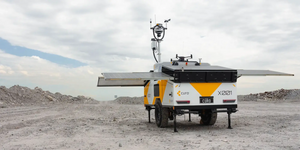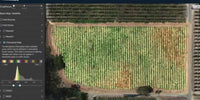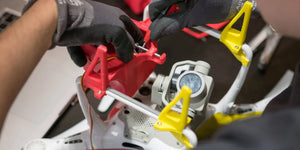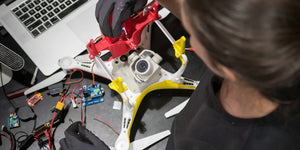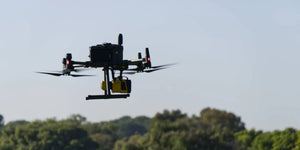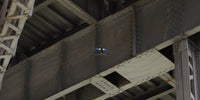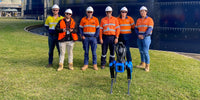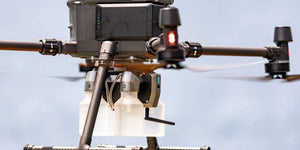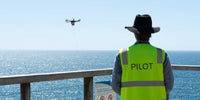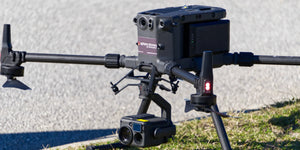The Seven Sisters, a world renowned tourist attraction, on England’s East Sussex coastline has recently been a hot topic. The conversation sparked after a large chunk of rock recently collapsed from the landmark which has left scientists questioning potential damage to the coastline and risk to the public in the future.
Historically, scientists have used aerial photographs to analyse the rate of erosion over decades. This approach has limited professionals to the information provided on individual rock fall events and as a result, scientists have introduced an alternative way of collecting data, through the use of UAV technology.
Access to digital photogrammetry through the use of drones has exposed scientists to virtually instantaneous data with high-resolution topographical information over vast areas.This approach allows for a comprehensive understanding of cliff erosion.
The interaction of the local climate, waves and tidal range with cliff materials makes changes in these land forms difficult to predict over large areas. Repeat surveys taken annually over decades, with a drone, will form the basis for a comprehensive rock fall inventory and will be used to answer the questions of risk management and cliff erosion that currently remain unanswered.
